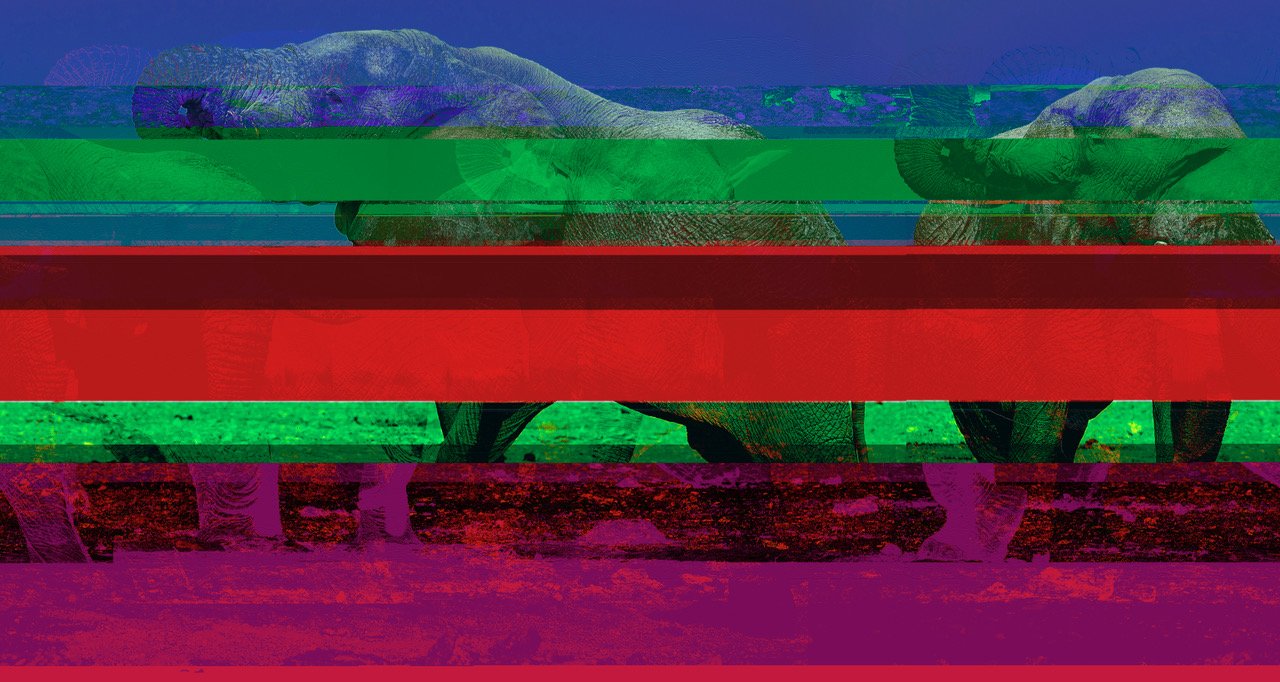Seeing a Tiger Didn’t Change Who I Am

Elisabeth Smolarz
I am a beekeeper. I started keeping bees on my roof after moving to Queens 6 years ago. Early on, I learned that keeping bees was quite effortless until 20 years ago, the bees would take care of themselves for the most part. It is different now. Being a beekeeper means being in a constant state of worry about the "ladies." Of course, anthropomorphizing the hundreds of insects living on my roof is not particularly helpful. I love to converse with them; ask them about their day and work. They are, in fact, very chatty. The environmental crisis is exhausting them, and they are under constant attack by mites, pesticides, and other chemicals. It is incredibly heartbreaking opening the hives in late Winter to find their dead bodies. Their population is rapidly declining, and some of their cousins are already on the endangered species lists, like the rusty patched bumblebee, whose population has declined by 90%. Around 20,000 bee species pollinate crops that feed 90% of the world. Honeybees, in particular, are responsible for $30 billion a year in crops.
Bombus affinis / Rusty Patched Bumble Bee Collecting Nectar: Extinct 2025
Someone broke into my studio in 2020 by smashing the glass door. The local glass company sent a guy to replace it, and somehow, we started talking about the current age of mass extinction. I mention my bees and what it would mean economically speaking to hand-pollinate the crops to do their job. He seems unconcerned, so I decide to change the species and tell him about the vaquita. There are only 20 left, and we will kill them within the next two years. Or how about the majestic tigers? There are only around 5574* left in the wild. He replies: “Seeing a tiger didn’t change who I am.” I understand. Seeing animals in zoos mainly normalizes keeping them in captivity. I thank him for the glass repair. I make a note: Seeing a tiger didn’t change who I am. I still think about the man sometimes. He seemed angry, unkind, somehow uncomfortable with himself. I wonder when he became this way.
Rhino: Extinct Summer 2025
Tiger: Extinct Spring 2023
After the conversation, I search the internet for data about the current mass extinction rate. We lose somewhere between 150–200 species every day. I look up the popular species that will become extinct in the upcoming decade: Pandas, Blue Whales, Elephants. I wonder when they will go extinct – Rhino: Extinct Summer 2025? Tiger: Extinct Spring 2023? I wonder if we can empathise with an Orangutan who will go extinct in the next couple of years. Could we establish some sort of solidarity with the plants and animals who cohabitate on this planet? I download the public domain images of the animals into a folder on my desk. I imagine myself watching Rio with my daughter in a few years and explaining to her that the charming parrot (Spix's macaw) named Blu was extinct in the wild by the time she was born. The words of Buckminster Fuller enter my mind, urging us to understand Spaceship Earth as a whole and our fate as common.
In 2015 my friend Graciela instructed me to travel to Real de Catorce and go on a journey in the desert. It was part of her list of things to do in Mexico. During that trip, I met a shaman in training who taught me about establishing a relationship with plants and embracing their gifts. My journey in the desert showed me the geometrical patterns of consciousness that are at the core of everything, and I felt connected to the rocks, the plants, the wind, the mountains, the universe. It took me a few years to fully understand the message of that day, and I have been in shamanic training ever since.
Pongo Pygmaeus Wurmii Mother Orangutan with her Young in their Natural Habitat: Extinct 2027
I look at the photograph of the Orangutan mother with her young inside the folder of Seeing a tiger didn't change who I am on my desktop. 80% of habitat loss in the past few decades is due to deforestation for palm oil production. I open the source code of the low-res jpg. I add a few new lines, hoping to save the species somehow – instructions describing what we should be doing to prevent the extinction of the Orangutans. Save as a new file. The photograph is fragmented, covered with artifacts. The corruption feels like an echo of the image of the Orangutan mother with her young 50 years from now when a third of all animal and plant species will be extinct. A foreboding of a soon-to-be memory of a species on a planet with barely any animal and plant diversity left. What will happen to us when a third of the animals are gone?
Just like everyone is an artist, everyone is also a shaman. Are you talking to your pets and plants sometimes; do you dream about them? Are you talking to yourself and other entities around you? Personally, I like to speak with objects. It took me some time to establish communication channels between myself and my environment, but in retrospect, it came pretty naturally. This practice allows me to feel connected to everything and feel like myself.
I open the fragmented image of the Orangutan again, and for a split second, I see how the fragmentation of the planet due to mass extinction is connected to the ongoing mental health crisis. With every species our spaceship earth loses, we lose a part within ourselves. Mentally and physically, we are falling into the abyss. I stare at the jpg. Working with photography for many years, I grew very fond of the jpg format. It's one of the digital formats that constantly reminds you that everything is alive. Every time one opens and re-saves a jpg, it slowly degrades. The degradation process becomes visible within five times of re-saving; simultaneously, there is something eternal about the digital file. My fragmented images of the highly endangered animals will outlive me, and I try to think about the person who re-opens them in 100, 200, 300 years? It's hard to imagine that our species will even be alive and well at that point.
Vaquita: Extinct 2022
*This statistic has been updated since the time of publishing thanks to the World Animal Foundation | All other figures are true of August 2022
All images & text above © Elisabeth Smolarz | Cover image: 'Two Elephants Crossing the Namib Desert: Extinct 2028' | Produced for A La Luz, 2022 | Please do not re-publish any of the above without prior written consent










